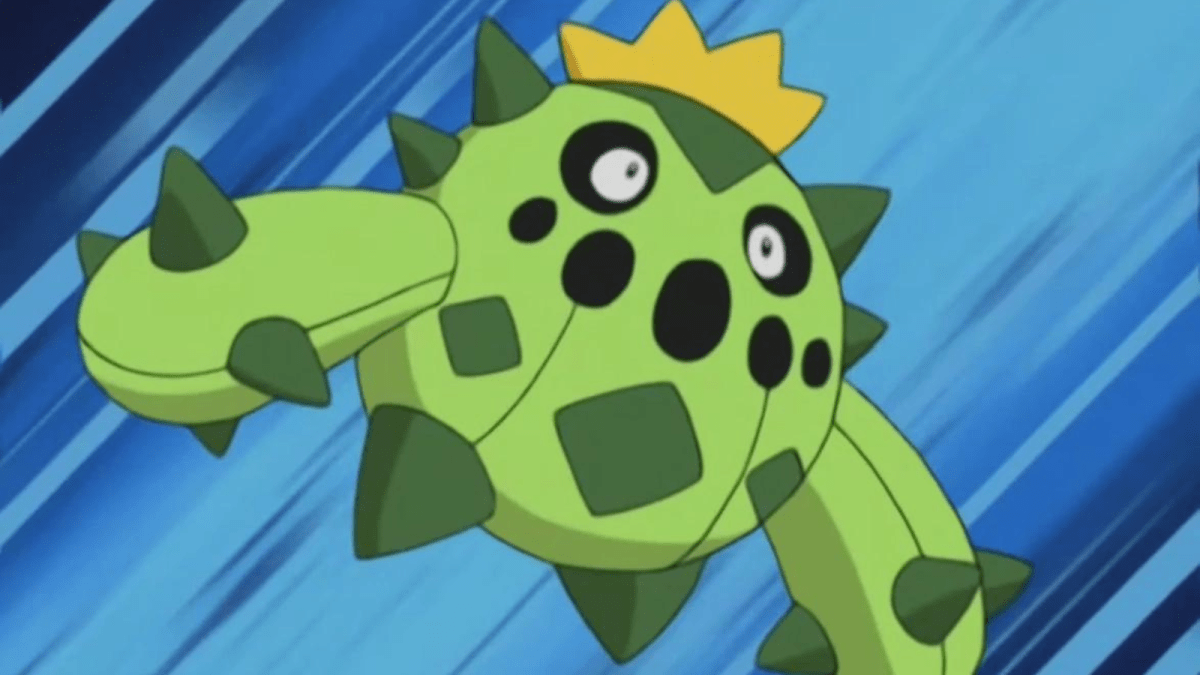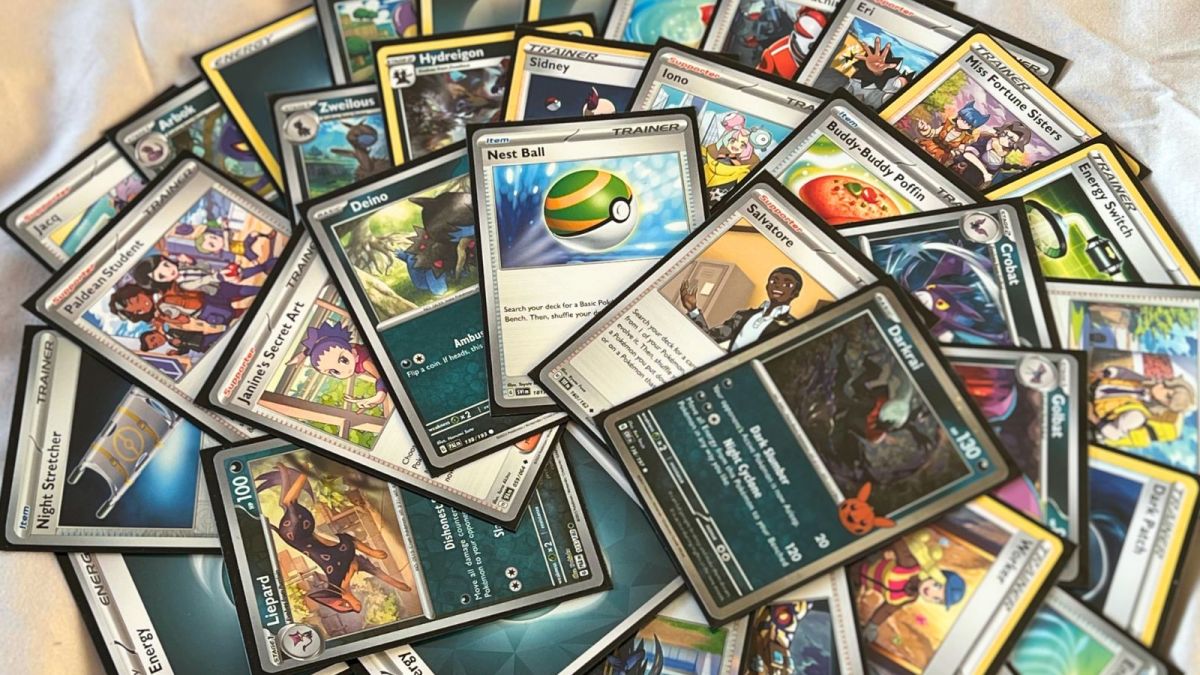Cacnea and Cacturne made their debut in the Pokémon franchise back in Generation III. As their names might suggest, Cacnea and Cacturne are both based on spiky cacti plants and can typically be found in desert areas.
They can also be found in Pokémon Go since their release in 2018. As the two cacti are native to the Hoenn region, they will be involved in the festivities happening with Pokémon Go Tour: Hoenn on Feb. 18 to 19 and Feb. 25 to 26. During this event, many Pokémon will be getting Shiny variants for the first time in Pokémon Go, and Cacnea and its evolution might be a part of that group, too.
Can Cacnea and Cacturne be Shiny in Pokémon Go?
Pokémon Go Tour: Hoenn will be players’ first opportunity to get Shiny Cacnea and Shiny Cacturne. Although they’ve been in the game for years now, the two cacti Pokémon haven’t been Shiny at all prior to the upcoming event.
What do Shiny Cacnea and Cacturne look like?
A normal Cacnea has a light green body with dark green spikes and a yellow crown on its head. In contrast, a Shiny Cacnea has a tan body with reddish-brown spikes. It keeps its same yellow crown.
Cacturne is very similar to Cacnea in terms of color. A normal Cacturne is mostly light green with dark green spikes, and it wears a triangle hat instead of a yellow crown. Its Shiny version has more of an autumn vibe with a tan body and a reddish-brown hat and spikes. The color scheme fits its scarecrow classification perfectly.
How to get Shiny Cacnea and Cacturne in Pokémon Go
Throughout Pokémon Go Tour: Hoenn, Cacnea is set to appear in the Blistering Sands habitat, which couldn’t be more fitting for the cactus Pokémon. Alternatively, Cacnea can also be hatched from five-kilometer eggs during the event. It will take some luck to come across a Shiny, but once you do, you can work on evolving it into a Shiny Cacturne.






Published: Feb 17, 2023 05:49 pm